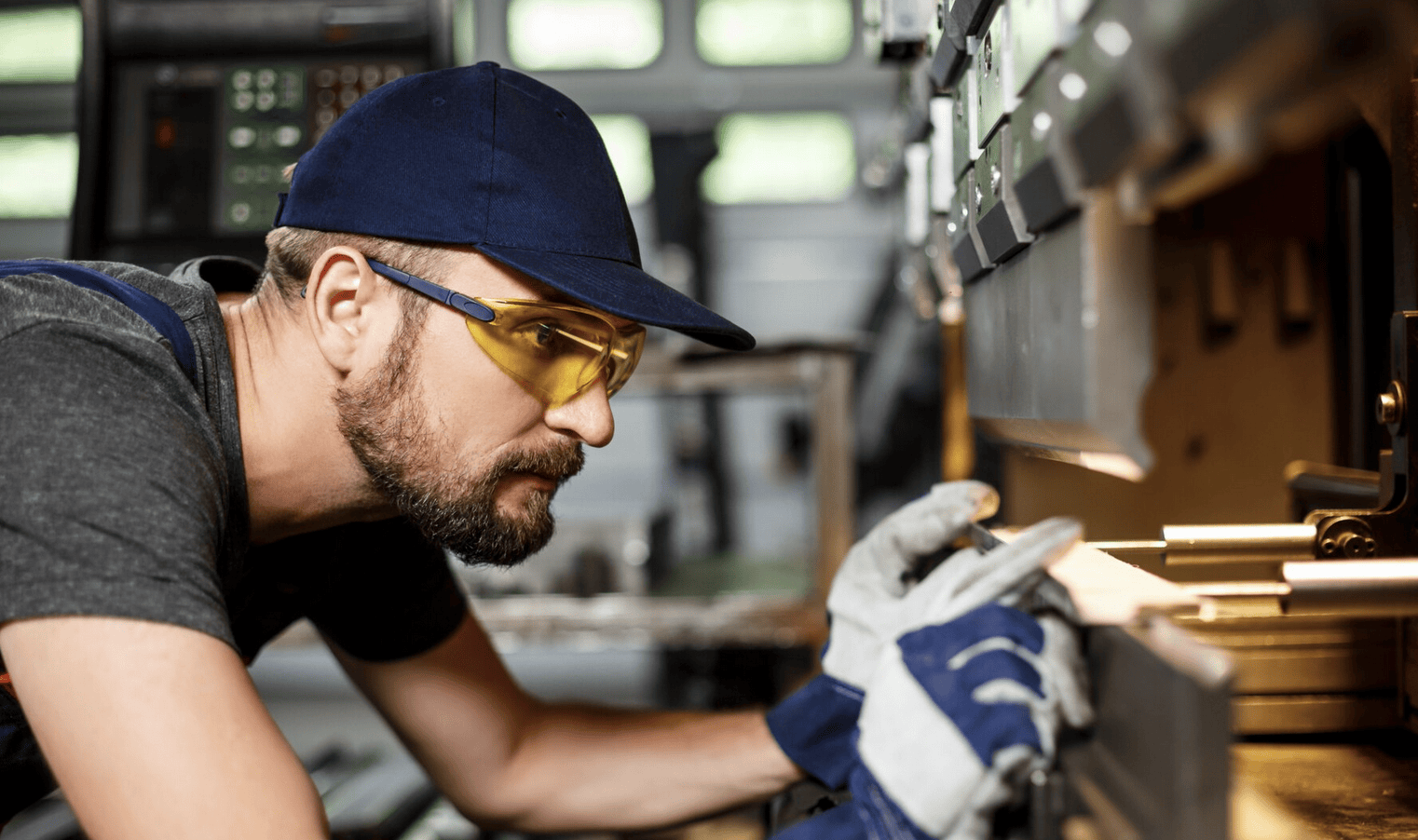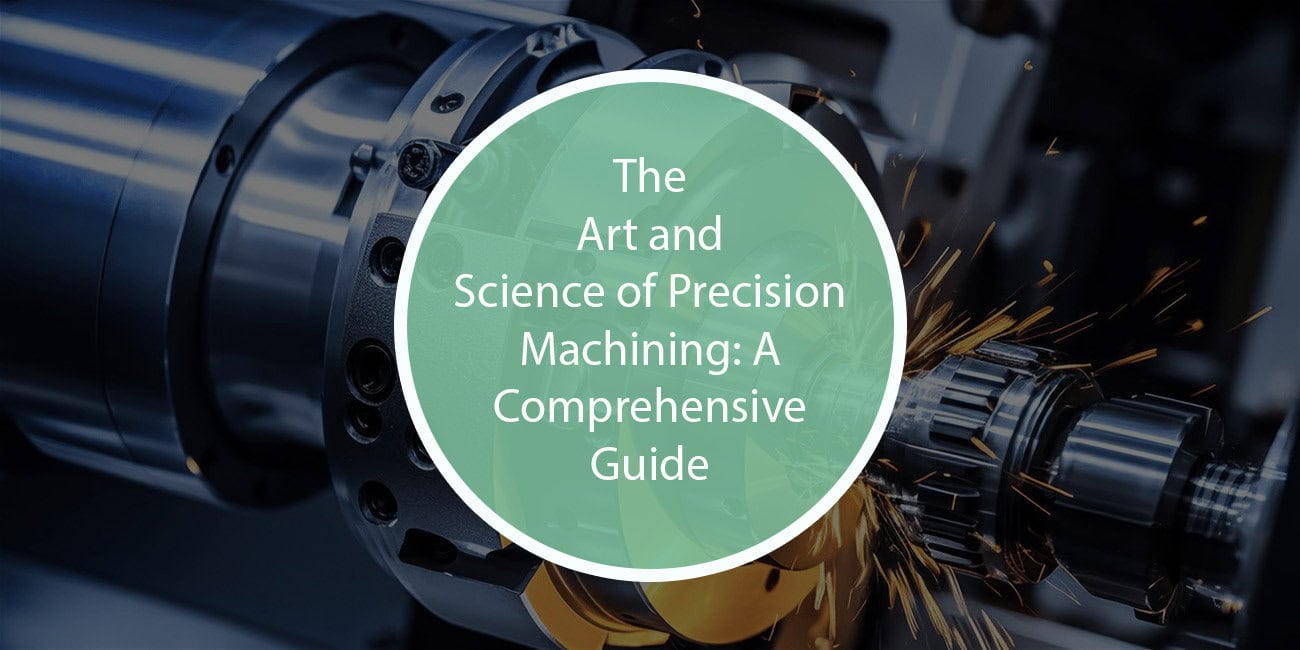Table of Contents
- Introduction to Precision Machining
- The Importance of Materials
- Modern Machining Techniques
- Technology Integration in Machining
- Sustainability in the Machining Industry
- Challenges Faced by Machinists Today
- Future Trends in Machining
Precision machining combines advanced techniques and technology to create highly accurate components for various industries. Utilizing CNC machines, laser cutting, and multi-axis milling ensures tight tolerances and superior quality. Material selection, tooling, and computer-aided design (CAD) are crucial in achieving precision. Automation and real-time monitoring enhance efficiency, reducing errors and waste. Continuous advancements in machining technology improve productivity and sustainability. Mastering these techniques requires expertise, innovation, and strict quality control, making precision machining essential for aerospace, automotive, medical, and other high-performance industries.

Introduction to Precision Machining
Precision machining is at the heart of industrial innovation, a process where raw materials are meticulously crafted into components with exact specifications. This discipline is essential in producing parts for aerospace, automotive, and healthcare industries, where precision and reliability are paramount. Central to precision machining is CNC Milling, a technique that utilizes computer-controlled systems to manufacture intricate parts with unparalleled accuracy.
The marriage of human skill and advanced technology in precision machining has enabled manufacturers to create economically viable and technically superior products. The discipline demands a high level of expertise, where machinists not only master traditional techniques but also embrace cutting-edge technology.
The Importance of Materials
A crucial phase in the precision machining process is choosing the right material, which affects the finished product’s functionality and use. Metals like aluminum, steel, and titanium are favored for their strength-to-weight ratios and durability. Plastics and composites, on the other hand, offer benefits such as corrosion resistance and thermal stability. Every material introduces unique challenges regarding machinability, demanding specific tools and methods.
Understanding and manipulating materials is essential for machinists aiming to create components that withstand the rigors of their intended environments. Delving deeper into material science in machining provides insights into how various materials respond to different machining conditions, further aiding the precision process.
Modern Machining Techniques
Advancements in machining techniques have revolutionized the way components are manufactured. CNC milling, turning, and grinding are traditional techniques that have been enhanced with modern technologies like laser cutting and EDM. These methods allow machinists to produce parts with precise geometries and fine finishes, essential for industries that demand high accuracy and consistency.
These modern techniques optimize the machining process to reduce waste and lower production costs, which is beneficial regarding both environmental impact and economic efficiency. Understanding and selecting the proper technique is crucial for producing high-quality, cost-effective components.
Technology Integration in Machining
With technology integration, machining processes have become more efficient and accurate. Automation and computer-aided manufacturing (CAM) systems are central to this transformation. These technologies assist machinists in minimizing errors and improving consistency across large production batches. They also enable the simulation of machining processes before production begins, allowing for fine-tuning and optimization.
Adopting these technologies has increased the quality of the machined parts and significantly reduced lead times, contributing to a more responsive manufacturing environment that can quickly adapt to changes in demand.
Sustainability in the Machining Industry
As environmental concerns grow, the machining industry has been called upon to implement more sustainable practices. This involves optimizing material use to reduce waste, enhancing energy efficiency, and adopting eco-friendly methods. By doing so, companies can lower their environmental impact while realizing significant cost savings.
Sustainability also extends beyond the immediate manufacturing process. It encompasses a product’s entire lifecycle, from raw material extraction to end-of-life disposal or recycling. Thus, the commitment to sustainable practices in machining contributes to broader environmental and economic advantages.
Challenges Faced by Machinists Today
The quick speed of technical change and the requirement for continual skill improvement are just two obstacles modern machinists must overcome. Additionally, fluctuating market demands and global supply chain pressures necessitate a flexible approach to manufacturing. Machinists must remain vigilant, continually updating their knowledge and skills to keep pace with industry innovations and shifts.
Moreover, maintaining precision in production under tight deadlines without sacrificing quality is a persistent challenge that demands creativity and precision.
Future Trends in Machining
The machining sector is expected to adopt several trends to revolutionize production processes. Additive manufacturing, which commonly includes 3D printing, is increasing. It allows for the creation of complex, lightweight structures that were previously unattainable using traditional methods. Additionally, integrating IoT devices paves the way for more intelligent, connected machines, improving process monitoring and control.
These new developments hold the potential to improve the machining sector’s capacities and encourage creativity and productivity, enabling producers to take on the challenges of the future head-on.

